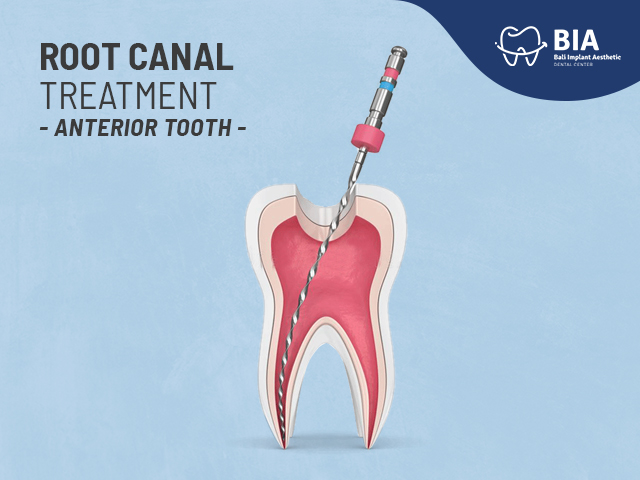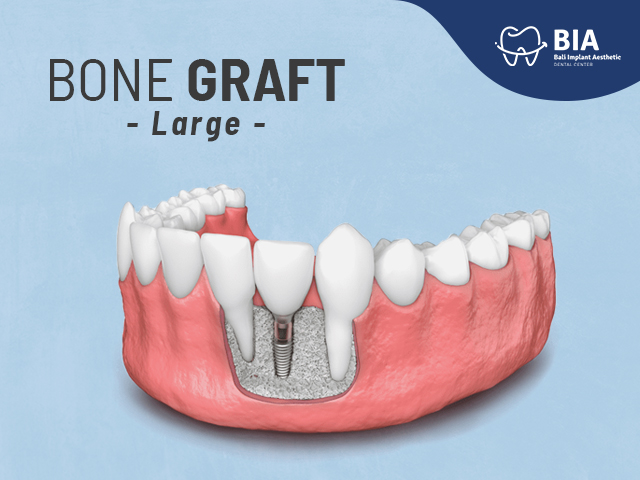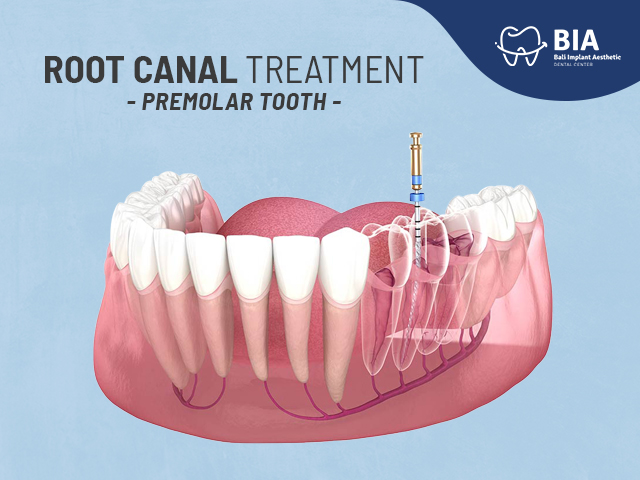Gum Grafts, Receding Gums Solution
Article | 2022-03-02 11:41:12
Gum Grafts,
Receding Gums Solution
Dental and oral health cannot be separated from the condition of healthy teeth and tissues in the mouth, including gums. Gums are one of the supporting tissues of the teeth (periodontal tissue) that are most easily seen when experiencing problems such as gingivitis, periodontitis, infection due to large cavities, hormonal changes, drug interactions, and receding gums. Receding gums or commonly called gingival recession is a condition in which the gums descend towards the root of the tooth (apically) due to loss of periodontal attachment. Declining of the gums can cause teeth to look longer, teeth more sensitive, teeth wobbly, to several other problems. One of the popular periodontal surgical procedures to treat severe gingival recession is gum grafting. Gum graft? Yes, you read correctly, even soft tissues such as gums can actually be grafted. In this article, we will discuss about gum graft as a solution for severe gingival recession.
Applications of grafts in dentistry include the reconstruction of gum defects (Gingival Graft), reconstruction of extensive bone defects in post-extraction cases, reconstruction of bone defects in cases of buccal or lingual bone resorption, bone deficiency for dental implants so that guided bone grafts are necessary. (Guided Bone Regeneration (GBR)), sinus lifting procedures (sinus lifting), nerve fiber grafts (Nerve Graft) and so on. Reconstruction of gum defects (Gingival Graft) is a gum grafting procedure that aims to cover the exposed root surface of the tooth as a result of gingival recession. Gum recession exposes the roots of the teeth, which can cause tooth sensitivity and increase the risk of further tooth decay, this occurs due to loosening of the attachment between the gum and bone. If gum recession is not treated, the bone and keratinized tissue will be at increased risk of permanent damage.
Gum grafting is done by taking donor tissue from the roof of the oral cavity (palate of the mouth) and then positioning and suturing the exposed tooth root area to cover and increase the thickness of the missing keratin tissue. It can also be added with a combination of blood-derived growth factors such as Platelet Rich Fibrin (PRF). Some of the advantages of using PRF are that it can be produced as much as possible because it only requires 10 mL of blood per tube, minimal risk of graft rejection, minimal risk of disease transmission, and most importantly a better healing process. The recovery process after a gum graft usually takes 1-2 weeks. However, some conditions may take longer. To speed up recovery, there are several ways that can be done, including; not brushing teeth in the treated area, not flossing around the newly treated area, being able to take antibiotics to reduce the risk of post-periodontal surgery infection, eating soft foods, not smoking, and not eating or drinking hot food.
After the gum graft treatment is carried out, a visit to the dentist is needed to check the healing process. If healing is good, the dentist can remove the sutures in the treated gum area. Realize your dream of having clean and healthy teeth without gum and periodontal tissue problems with the best dental care for families at BIA (Bali Implant Aesthetic) Dental Center. BIA (Bali Implant Aesthetic) Dental Center is ready to serve you with the best professional dentists in their fields, including periodontal specialists (periodontists). BIA (Bali Implant Aesthetic) Dental Center is a trusted dental clinic near Kuta and not far from the airport. Don't let dental problems ruin your holiday in Bali, if you are enjoying the beautiful views of Ubud and unexpectedly need a dentist, the distance from Ubud to BIA (Bali Implant Aesthetic) Dental Center is approximately 35 km.
BIA (Bali Implant Aesthetic) Dental Center
Jl. Sunset Road No.86A, Seminyak, Badung, Bali Indonesia 80361.
+6282139396161
REFERENSI:




